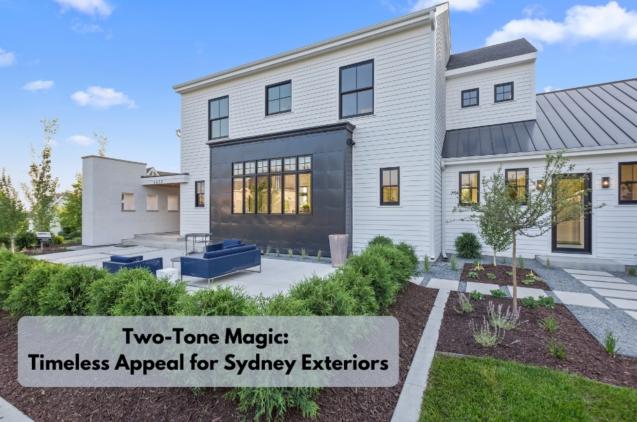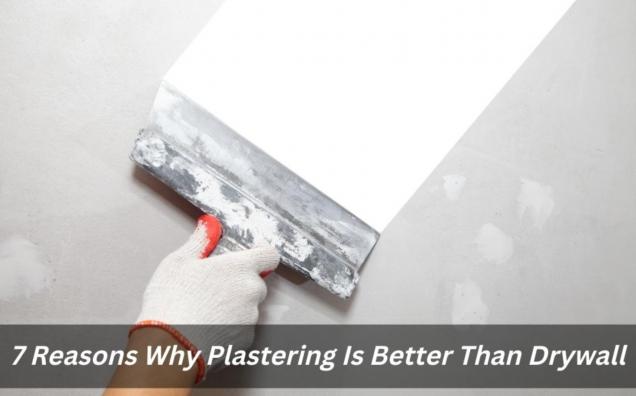
House Painting Tips: Reducing Chipping & Cracking
The key to staying safe while painting is having the proper tools. By using the right equipment, you'll reduce the chance of accidents happening, such as dropping a brush into hot water. Properly caring for the paintbrush ensures long life and prevents damage.
There are many things you can do to reduce chipping and cracking before it starts. This includes protecting the wall surface itself, applying the paint job properly, and cleaning up afterwards. These tips work well for both interior walls and paint exterior walls.
- Protecting your wall surface
First, use painter's tape. Painter tape sticks directly to most surfaces without damaging the surface. Second, apply primer coatings to help prevent the paint from sticking to the wall. Third, sand down rough areas of the wall prior to priming and painting.
Fourth, choose paints specifically designed for application over drywall. Lastly, let drywall touch-up products dry thoroughly before applying additional coats.
- Applying paints properly
- Cleaning up afterwards
Also, scrape off old paint and debris with a putty knife. Be sure to wear protective gear such as goggles, gloves, aprons, etc., when scraping paint and debris. Finally, cover exposed woodwork with a plastic drop sheet to avoid splinters.
As you can see, the house painting project isn't as easy as it might seem. However, by following this advice and using the correct equipment, you can avoid common mistakes and create beautiful results.
Now that you understand the importance of preventing problems, it should be easier to do so. The next step is determining where you need to start. This varies depending on what type of paint and room you're painting and whether the work area is indoor or outdoor.
What is interior painting?
Interior house painting refers to painting the interior walls of a home. Interior painters may work on any part of the home including bedrooms, bathrooms, living rooms, dining rooms, kitchens, hallways, or closets. The coat of paint may affect the cost to paint the interior or exterior of your walls.
The scope of interior painting may include finishing all aspects of the home’s interior surfaces, including floors, cabinets, windows, doors, trim, walls and ceilings. Painters who specialize in the interior painting may also complete the job for other painting projects such as room additions or minor renovations.
How do interior painters differ?
The services provided by interior painters can vary significantly based on individual preferences, skill level, and project scope. Some interior painters only provide basic cleaning while others offer more comprehensive services.
Other interior painters specialize in specific types of spaces such as kitchen remodelling services or office design services. Still, others provide full-service contracting that includes everything from planning and design to construction management and maintenance.
In addition to these differences, there are many other factors to consider when choosing a contractor for interior painting. These include experience, licensing, insurance, referrals, contract terms, and availability.
If you want to learn how to paint a room or planning to have your 2 storey house interior, professionally painted you may want to try hiring an expert house painter.



